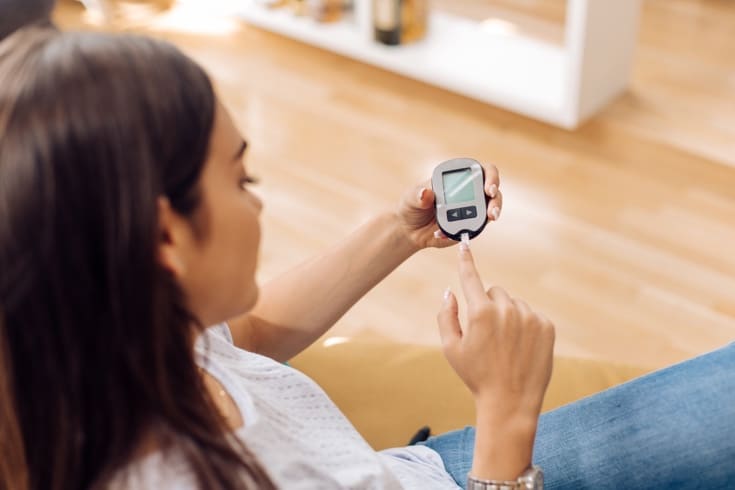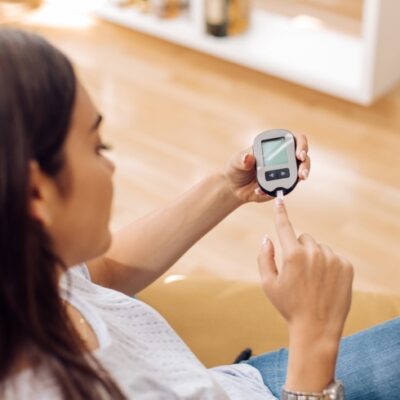Chronic disease is the leading cause of death and disability in the United States, killing more than 1.7 million Americans every year. Today, one in two American adults has a chronic disease, and one in four has two or more. Given the rising rates of chronic illness and the escalating costs of care, healthcare organizations and providers are turning towards remote care programs such as chronic care management (CCM) and remote patient monitoring (RPM) to help with the management of chronic conditions such as diabetes, hypertension, asthma, CHF, COPD, Alzheimer’s, and arthritis.
Research shows that the regular monitoring of chronic diseases through RPM improves patient outcomes and reduces unnecessary hospitalizations, emergency department (ED) visits, and care costs. A study from the Centers for Medicare and Medicaid Services (CMS) found that patients participating in CCM programs also had lower hospital, ED and skilled nursing facility costs and a reduced likelihood of hospital admissions.
What is Chronic Care Management?
According to CMS, CCM is a critical primary care service that contributes to patient care and health. Through CCM, individuals with two or more chronic conditions receive coordinated care services to help proactively manage their health, including a comprehensive care plan, regular check-ins, education, and goal setting. These services benefit patients’ understanding of their health conditions and provide the opportunity for more timely adjustments in treatment. The goal is to help patients stay engaged and be proactive in their own care, making it possible for them to continue meeting health goals between scheduled appointments.
These services are typically not face-to-face and allow eligible practitioners to bill at least 20 minutes or more of care coordination services per month. With CCM, there are no device requirements, and these services can be billed in conjunction with RPM, although time requirements must be met separately.
Chronic Care Management CPT Codes
- 99490: Minimum 20 cumulative minutes over a 30-day period of non-face-to-face time monitoring the care plan.
- 99439: Subsequent 20 minutes of care provided by clinical staff.
- 99491: Initial 30 minutes of care personally provided by a physician or non-physician practitioner (NPP).
- 99437: Subsequent 30 minutes of care personally provided by a physician or NPP.
What is Remote Patient Monitoring?
RPM allows healthcare providers to remotely monitor and manage their patient’s health between scheduled office visits. With RPM, patients are given digital devices to test blood pressure, blood sugar, oxygen levels and measure weight in the comfort of their own homes. These devices immediately and securely send the results to their physician, who is alerted if any of the readings fall outside of the desired parameters and can then intervene accordingly.
RPM can be used to effectively monitor a wide range of health conditions, including diabetes, hypertension, CHF, COPD, HTN-stroke, pneumonia, sepsis, obesity and post-surgical cases. A report from KLAS research found that RPM was successful in reducing hospitalizations by as much as 38%. Additionally, RPM was associated with a 25% increase in patient satisfaction, a 25% reduction in ER visits, a 25% reduction in readmissions, and a 17% reduction in costs.
RPM must be deemed necessary and ordered by a physician or qualified healthcare provider who can bill for E/M services. It also involves the use of FDA-defined devices with a minimum of 16 days of readings per 30 days and requires a minimum of 20 minutes per month by clinical staff.
Remote Patient Monitoring CPT Codes
- CPT 99453: Initial set-up & patient education on equipment (one-time fee).
- CPT 99454: Supply of devices, collection, transmission, and report/ summary of services to the clinician.
- CPT 99457: Remote physiologic monitoring services by clinical staff, physician or QHCP first 20 cumulative minutes of RPM services over a 30-day period.
- CPT 99458: Remote physiologic monitoring services by clinical staff, physician or QHCP for an additional cumulative 20 minutes of RPM services over a 30-day period.
- CPT 99091: Collection and interpretation of data by physician or QHCP, 30 minutes.
Chronic Care Management vs. Remote Patient Monitoring
CCM and RPM are both valuable healthcare tools that enable providers to manage patient care in between office visits. What distinguishes the two is that CCM offers a comprehensive care plan, ongoing patient support and education, while RPM provides devices to monitor patients’ physiologic data and then sends the results directly to the healthcare provider. While CCM is a beneficial choice for patients with two or more chronic conditions who would gain from personalized support, such as annual well visits, transitional care, principal care management and cognitive testing. RPM is an ideal opportunity for patients with one or more chronic conditions on a treatment regimen to better manage their health daily in between office visits.
Maximize Reimbursement by Combining CCM and RPM
Although these services have different functions, they complement each other well and can be combined to provide patients with comprehensive care that closes the gaps between in-person appointments. CCM provides information to patients between visits that help ensure the patient’s health and well-being, while RPM provides the physiologic data physicians need to monitor changes in health that may identify escalating conditions that require intervention.
Providers can bill for both RPM and CCM together, RPM CPT code 99457 and CCM CPT code 99490. CMS recognizes that these services complement one another. However, the individual time requirements for each service must be met separately. Billing 99457 and 99490 together requires a provider to deliver at least 40 minutes of services: 20 minutes of RPM and 20 minutes of CCM.
Learn How CCM and RPM Can Help Your Patients and Your Practice
In addition to providing better care for your patients with chronic conditions, RPM and CCM can allow your practice to maximize reimbursement without additional staffing or administrative burden.
To gain a better understanding of what reimbursement might look like for your practice, contact us today.
Access the Latest RPM News
Stay up to date with the latest news, articles and webinars about remote patient monitoring and telehealth.
"*" indicates required fields



